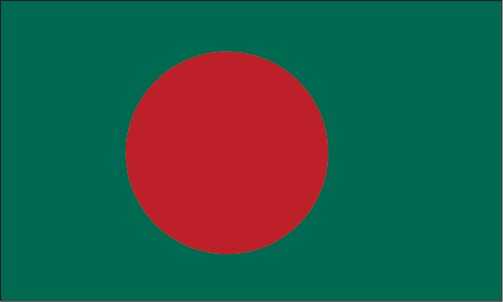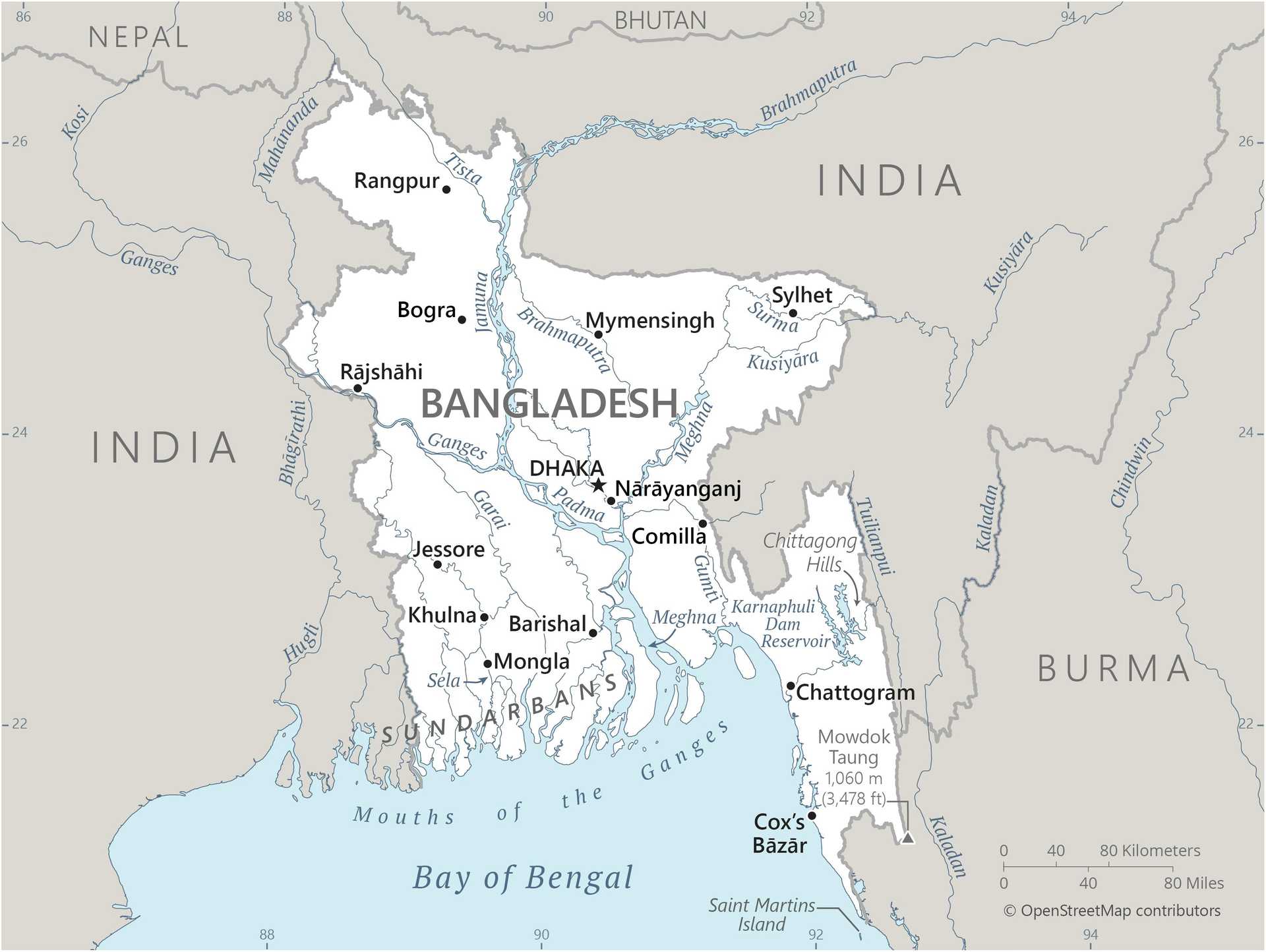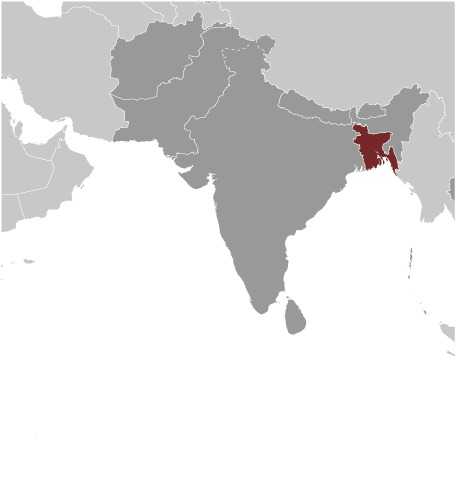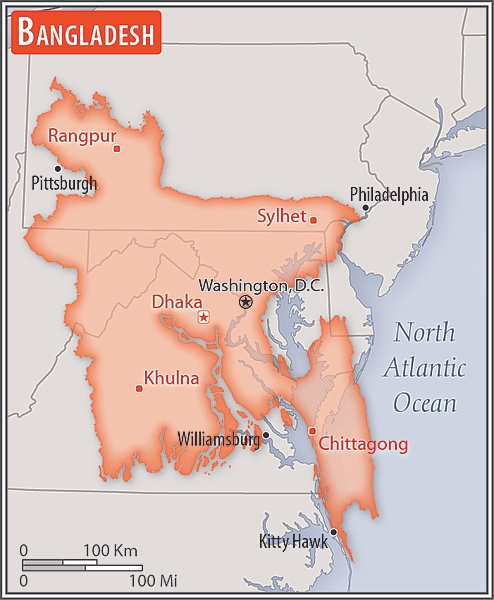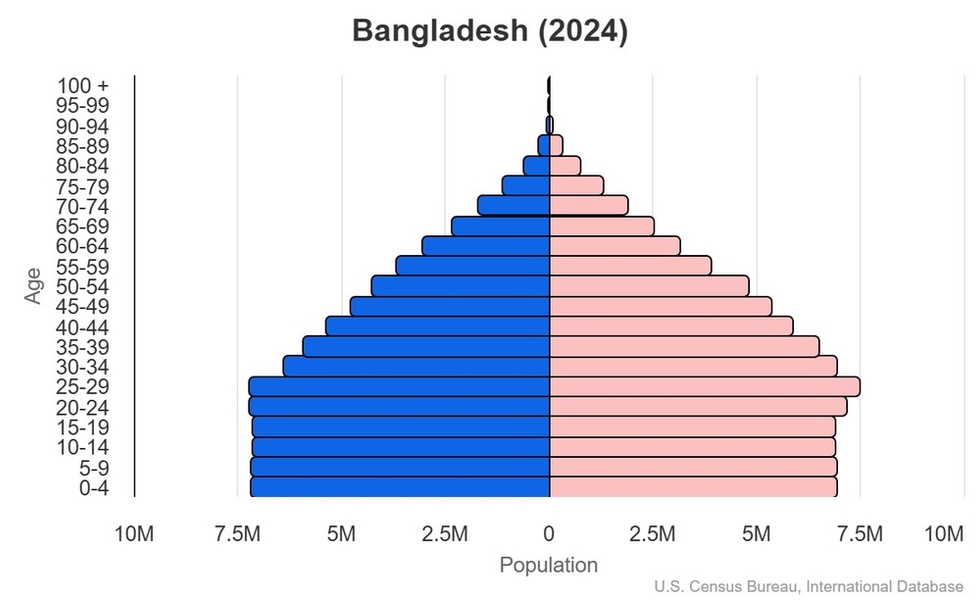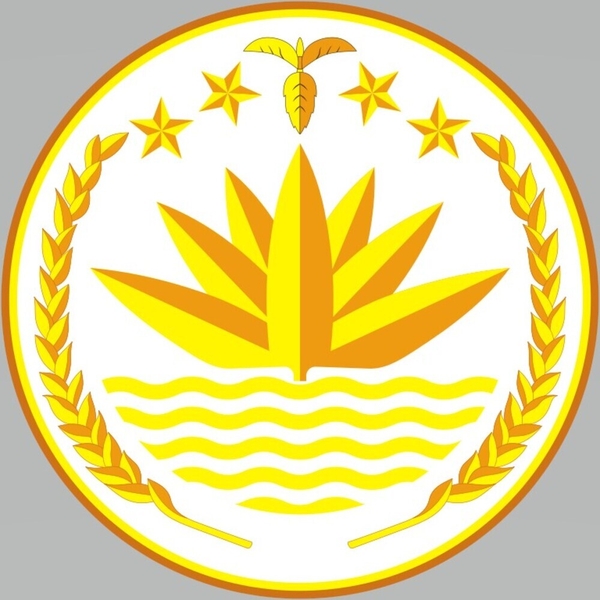Introduction
Visit the Definitions and Notes page to view a description of each topic.
Geography
People and Society
Population
comparison rankings: total 8; male 8; female 8
Median age
comparison ranking: total 144
Population growth rate
comparison ranking: 103
Birth rate
comparison ranking: 88
Death rate
comparison ranking: 179
Net migration rate
comparison ranking: 178
Maternal mortality ratio
comparison ranking: 63
Infant mortality rate
comparison ranking: total 52
Life expectancy at birth
comparison ranking: total population 129
Total fertility rate
comparison ranking: 96
Obesity - adult prevalence rate
comparison ranking: 191
Alcohol consumption per capita
comparison ranking: total 187
Tobacco use
comparison ranking: total 22
Children under the age of 5 years underweight
comparison ranking: 13
Education expenditure
comparison ranking: Education expenditure (% GDP) 182
Environment
Carbon dioxide emissions
comparison ranking: total emissions 37
Government
Economy
Real GDP (purchasing power parity)
comparison ranking: 24
Real GDP growth rate
comparison ranking: 68
Real GDP per capita
comparison ranking: 152
Inflation rate (consumer prices)
comparison ranking: 179
GDP - composition, by sector of origin
comparison rankings: agriculture 68; industry 36; services 140
Industrial production growth rate
comparison ranking: 69
Labor force
comparison ranking: 8
Unemployment rate
comparison ranking: 82
Youth unemployment rate (ages 15-24)
comparison ranking: total 110
Gini Index coefficient - distribution of family income
comparison ranking: 97
Taxes and other revenues
comparison ranking: 139
Current account balance
comparison ranking: 48
Reserves of foreign exchange and gold
comparison ranking: 63
Debt - external
comparison ranking: 15
Energy
Electricity
comparison rankings: installed generating capacity 45; consumption 33; imports 28; transmission/distribution losses 177
Energy consumption per capita
comparison ranking: 146
Communications
Telephones - fixed lines
comparison ranking: total subscriptions 108
Telephones - mobile cellular
comparison ranking: total subscriptions 9
Broadband - fixed subscriptions
comparison ranking: total 20
Transportation
Merchant marine
comparison ranking: total 40

